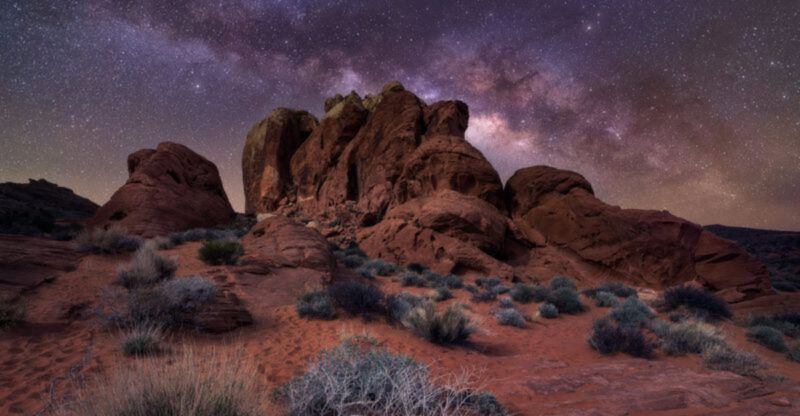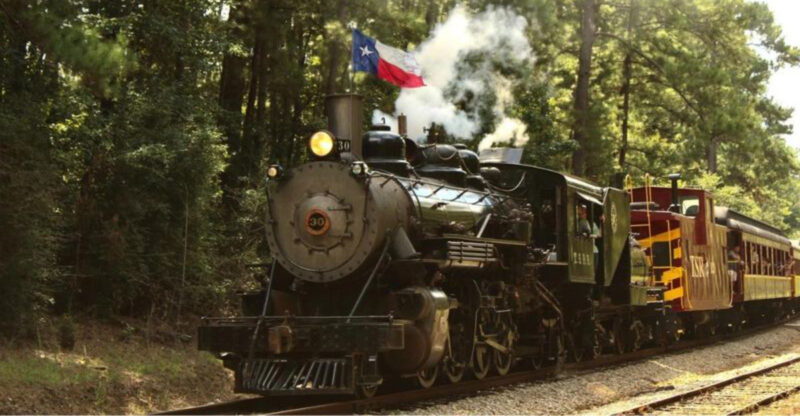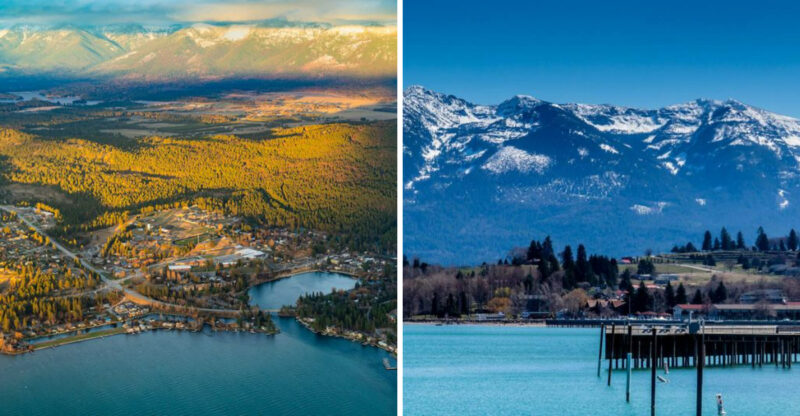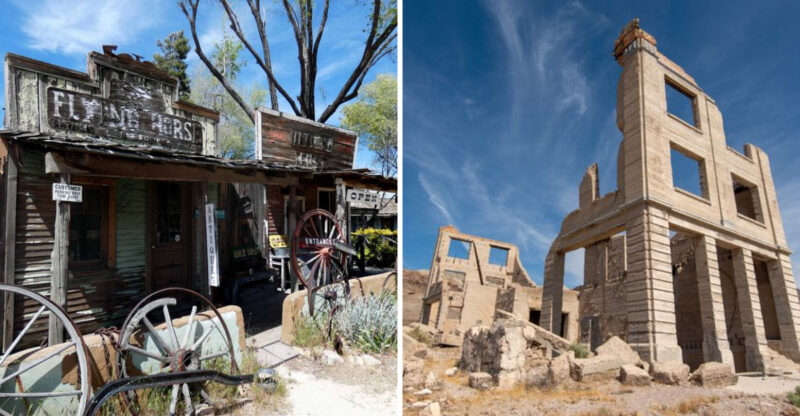Oregon’s Forest Hideaway With 360 Views And Endless Trails
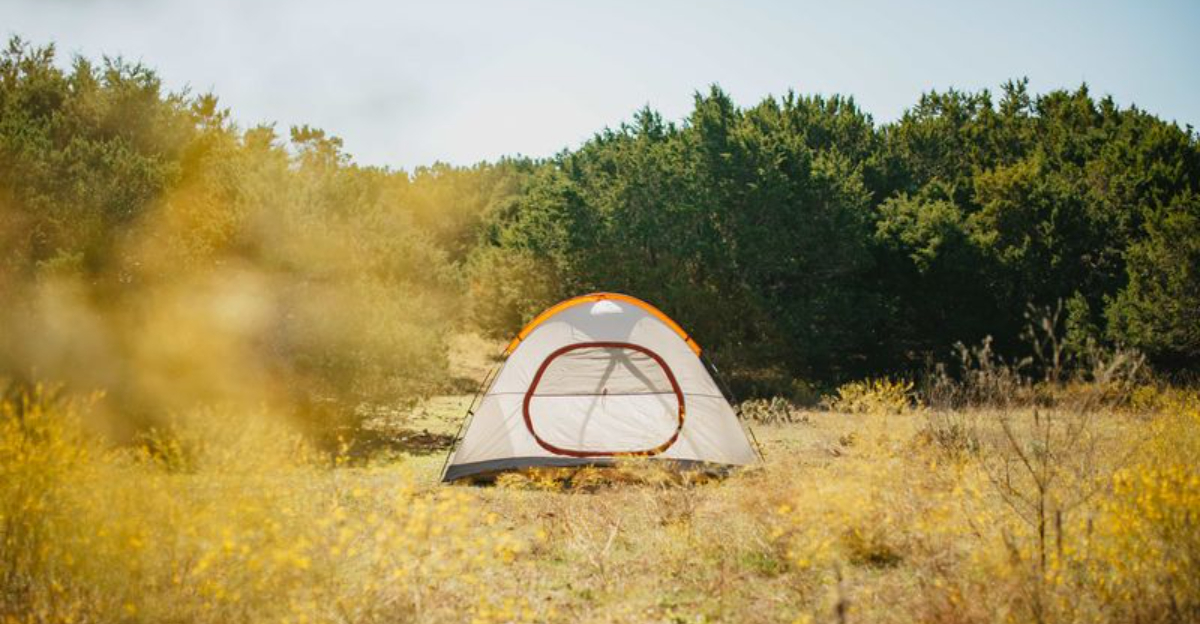
Tucked away in eastern Oregon, Malheur National Forest offers a world of adventure for those seeking quiet escapes and stunning mountain scenery.
With towering pines, open meadows, and trails that seem to stretch forever, this forest feels like a secret waiting to be discovered. Whether camping under the stars or exploring backcountry paths, visitors find a peaceful retreat far from crowded tourist spots.
1. Look-Out Cabins & Rental Stations In Malheur
Staying overnight in a fire lookout cabin brings a sense of adventure mixed with history. These elevated structures were once used by forest rangers to spot wildfires across vast stretches of wilderness.
Today, some can be rented for unique overnight stays. Visitors enjoy sweeping views in every direction, often above the clouds. Basic amenities mean packing in supplies, but the reward is solitude and sunrises that stretch across mountain ridges.
2. Forest High Viewpoints And Scenic Lookouts
Several high points throughout the forest provide breathtaking panoramas that reveal the true scale of this landscape. From ridgelines and summits, visitors can see layers of mountains fading into the distance.
Some lookouts are accessible by vehicle, while others require a hike. Early morning light and late afternoon glow create stunning photo opportunities. These vantage points remind travelers how vast and unspoiled this corner of Oregon remains.
3. Key Campgrounds & Their Characteristics
Malheur offers a variety of campgrounds, from developed sites with picnic tables to primitive spots tucked into quiet clearings. Each location has its own personality, whether near a creek or perched on a hillside.
Some campgrounds provide vault toilets and fire rings, while others are bare-bones dispersed areas. Families appreciate the accessibility of established sites, while solo adventurers may seek out more secluded options for true peace and quiet.
4. Trail Networks & Hiking Routes
Miles of trails weave through the Oregon forest, ranging from easy nature walks to challenging backcountry routes. Hikers encounter diverse terrain, including shaded pine groves, open meadows, and rocky ridgelines.
Trail maps are available at ranger stations and online. Some paths connect to longer routes that extend into wilderness areas. Whether walking for an hour or trekking all day, the forest rewards explorers with changing scenery and peaceful surroundings.
5. Rivers, Creeks & Water Features
Water flows through the forest in ribbons of creeks and small rivers, providing refreshing spots for rest and reflection. These waterways support fish populations and attract wildlife throughout the day.
Some streams are shallow and perfect for cooling off during warm hikes. Others run deeper, carving through rocky channels. The sound of moving water adds a calming soundtrack to camping trips, especially during spring when snowmelt swells the streams.
6. Flora, Fauna & Wildlife Encounters
The Oregon forest teems with life, from towering ponderosa pines to delicate wildflowers that bloom in summer meadows. Birdwatchers spot hawks, woodpeckers, and songbirds flitting through the branches.
Deer and elk roam the area, often visible at dawn or dusk. Smaller creatures like squirrels and chipmunks scurry along trails. Observing wildlife quietly and from a distance ensures safety and allows animals to continue their natural behaviors undisturbed.
7. Seasonal Access & Weather Conditions
Weather patterns shift dramatically with the seasons, affecting when and how visitors can explore the forest. Summer brings warm days ideal for camping, while winter often closes higher elevation roads due to snow.
Spring and fall offer milder temperatures and fewer crowds. Rain showers can appear suddenly, so packing layers and waterproof gear is wise. Checking current conditions before heading out helps travelers prepare for changing mountain weather.
8. Backcountry Vs Road-Accessible Areas
Visitors can choose between easily reached spots along forest roads or venture deep into backcountry zones that require more effort to access. Road-accessible areas suit families and those with limited time.
Backcountry zones offer solitude and a true wilderness experience. These areas may lack marked trails and require navigation skills. Both options have appeal, depending on comfort level and the type of adventure desired during the visit to this Oregon forest.
9. Camping Rules, Permits & Stay Limits
Understanding regulations helps protect the forest and ensures a smooth trip. Some areas require permits, especially for overnight stays in popular spots or during fire season.
Stay limits vary by location, typically ranging from a few days to two weeks. Campfires may be restricted during dry conditions. Checking with the local ranger district before arrival provides current rules and helps visitors plan responsibly and avoid surprises.
10. Forest Roads, Access & Vehicle Considerations
Many forest roads are unpaved and can be rough, requiring vehicles with good clearance. Some routes are suitable for standard cars, while others demand four-wheel drive, especially after rain or during spring thaw.
Road conditions change with weather and season. Carrying a spare tire, extra water, and a map is smart planning. Driving slowly and carefully protects both the vehicle and the Oregon environment, ensuring safe passage through remote areas.
11. Historic Structures & Guard Stations
Scattered throughout the forest are historic guard stations and cabins that tell stories of early forest management and fire protection efforts. Some structures date back decades and have been carefully preserved.
A few are available for rental, offering a glimpse into the past with modern comforts added. These buildings often sit in scenic locations, providing cozy bases for exploring surrounding trails and enjoying the quiet rhythm of forest life.
12. Off-Trail Exploration & Wilderness Zones
For experienced adventurers, venturing off established trails opens up vast expanses of untouched Oregon wilderness. These zones require strong navigation skills, including map reading and compass use or GPS.
The reward is discovering hidden meadows, ridgelines, and quiet corners few others see. Traveling responsibly means avoiding sensitive habitats and practicing careful route planning. This type of exploration demands preparation but offers a deep connection with wild places.
13. Safety, Preparedness & Leave-No-Trace Tips
Staying safe in the forest starts with preparation: packing enough water, food, first aid supplies, and navigation tools. Weather can shift quickly, so layers and rain gear are essential.
Following Leave No Trace principles protects the environment for future visitors. This means packing out all trash, staying on trails when possible, and respecting wildlife. Thoughtful planning and care ensure both personal safety and preservation of this beautiful landscape.
14. Best Times To Visit & Crowd Patterns
Summer months in Oregon attract the most visitors, especially during weekends and holidays when families take advantage of warm weather. However, late spring and early fall offer pleasant conditions with far fewer people.
Weekdays tend to be quieter than weekends. Winter access is limited but provides solitude for those equipped for snow. Timing a visit during shoulder seasons balances good weather with peaceful trails and campsites, creating a more intimate forest experience.

